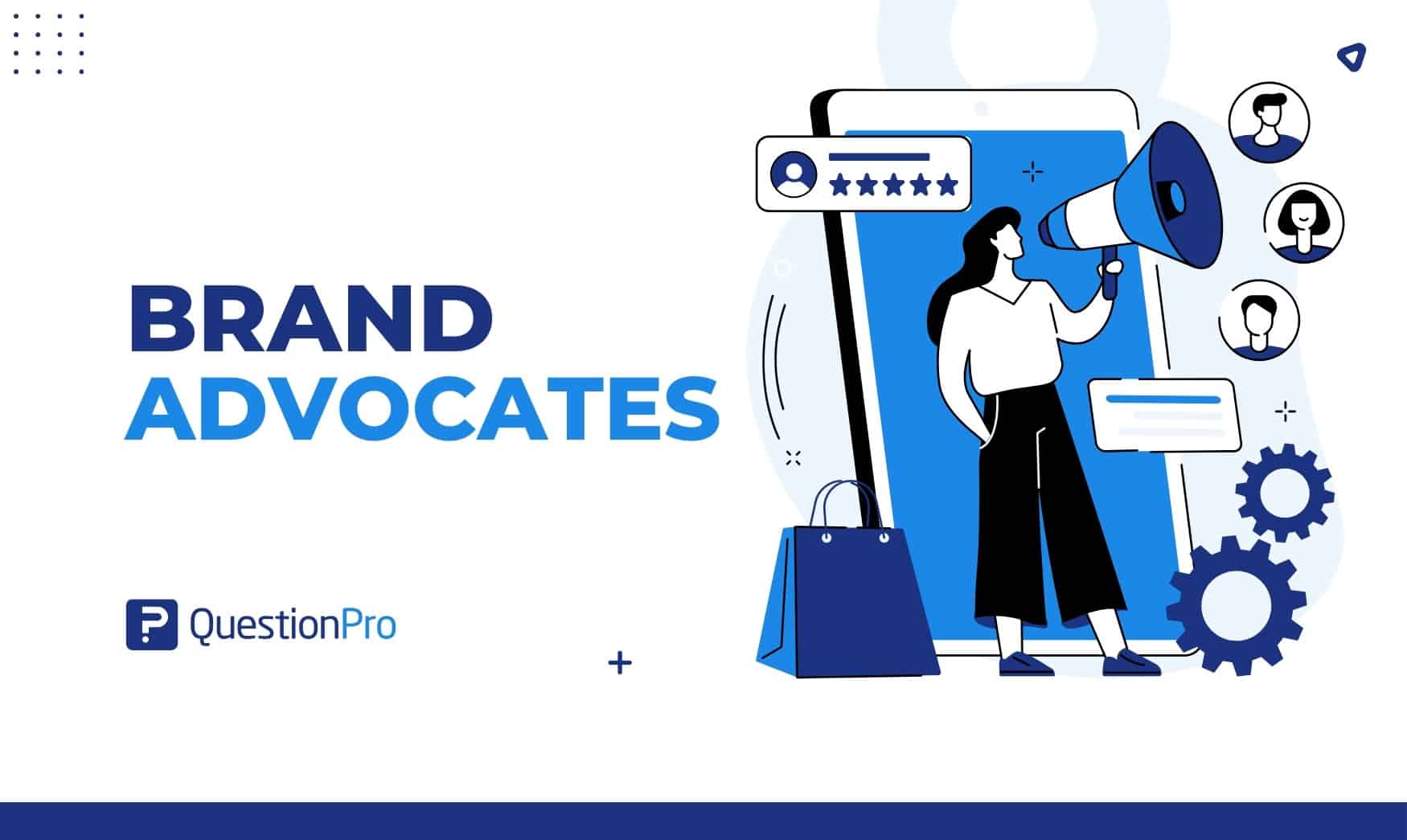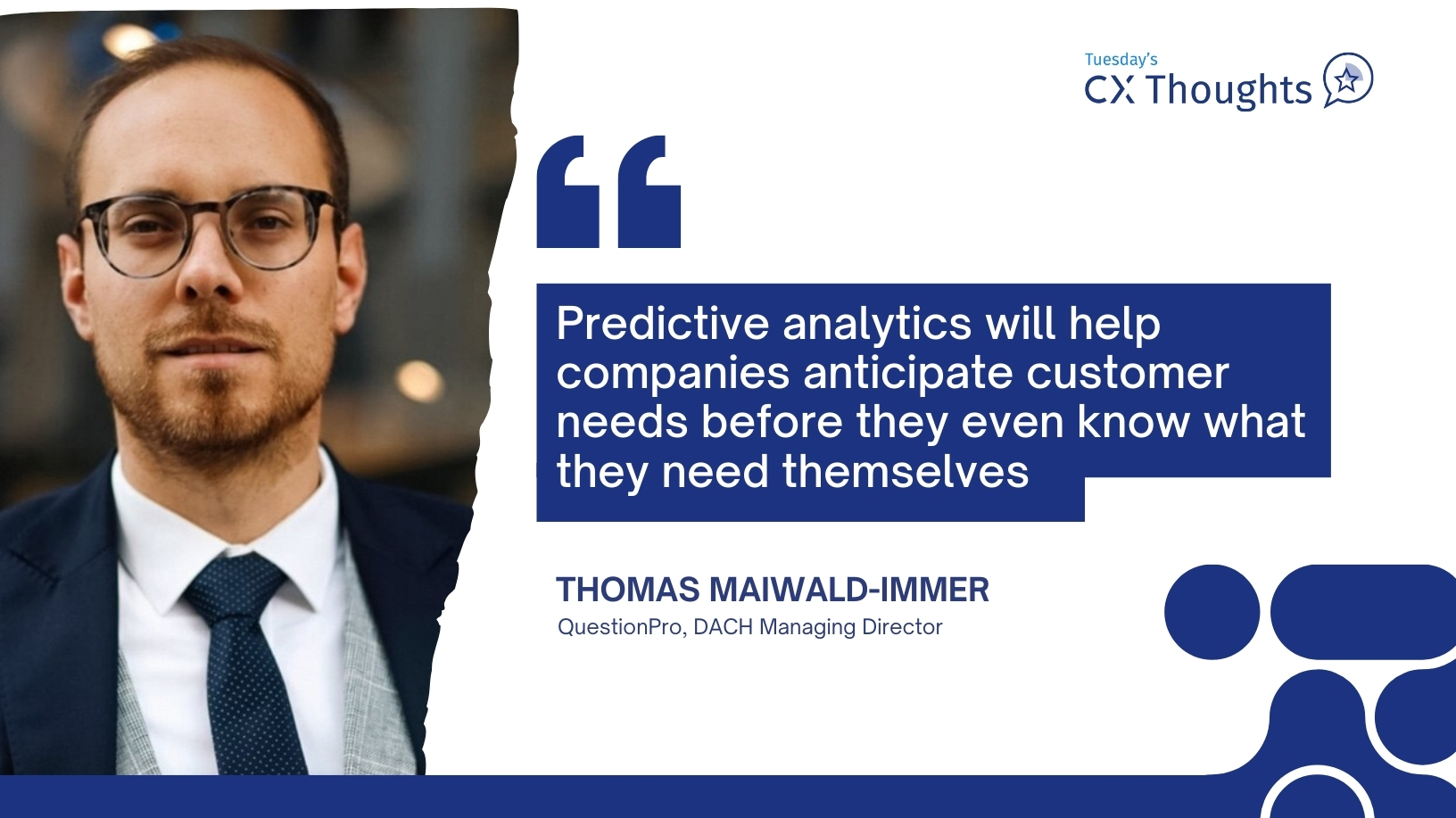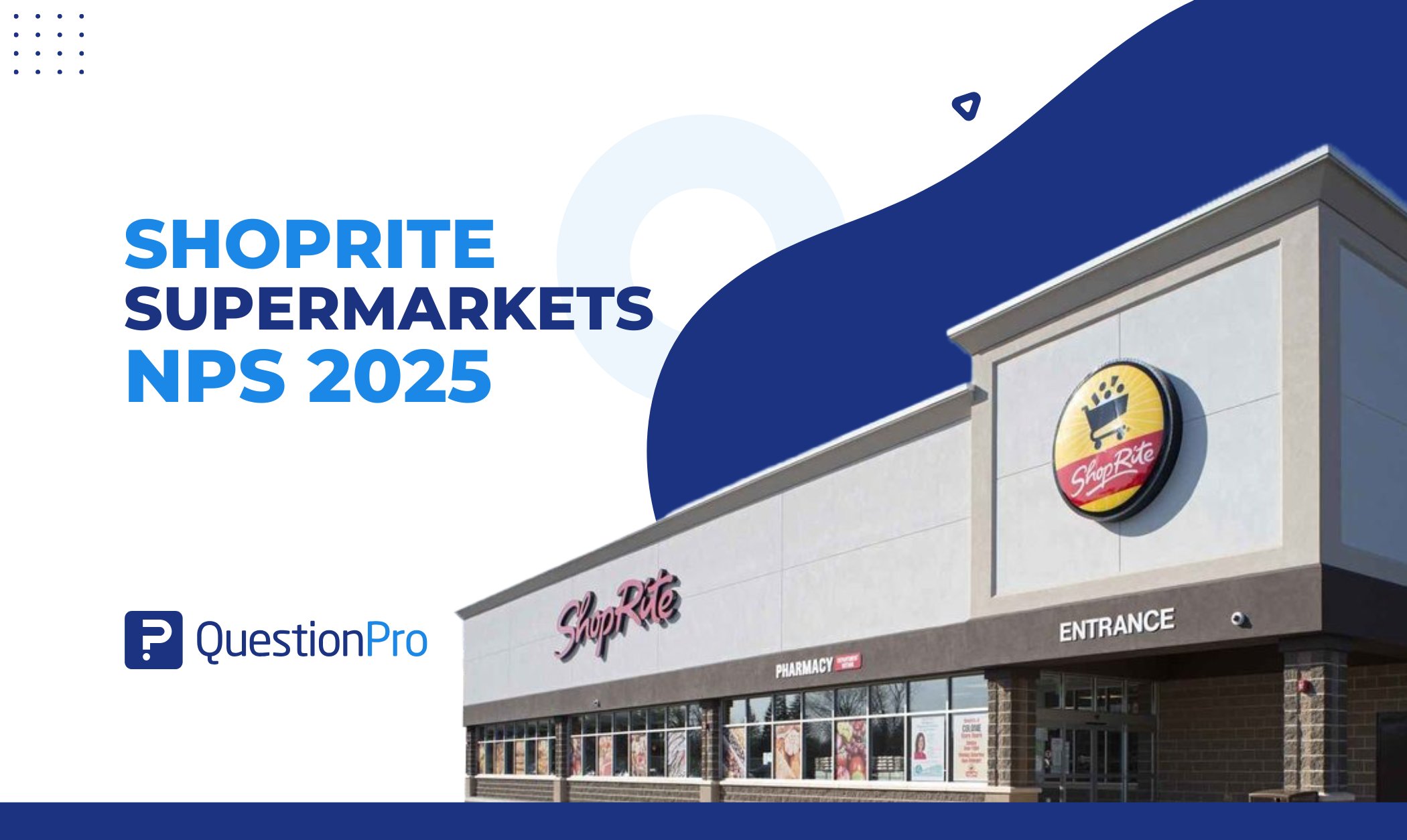
What happens when satisfied customers become the most effective storytellers for a brand? They are brand advocates who passionately support and promote a brand or product. Brand advocacy contributes to brand growth more naturally.
In this blog, we’ll learn the significance of advocates and why they’re crucial for any brand strategy. These advocates can boost your brand’s visibility, change other users’ perceptions, and improve your brand reputation. Do you want to know how?
Brand advocates can provide valuable information besides influencing others to purchase from you. This is particularly crucial in today’s digital landscape, where they can access numerous channels.
Let’s continue learning more about brand advocates and their importance for your business.
What are brand advocates?
Brand advocates are satisfied customers who actively support and promote a brand and its products. They have great influencing skills and support your business by developing a positive social media reputation or participating in your efforts to attract followers.
Brand advocates include opinion leaders who are interested in a company’s concepts, goods, and services. They become advocates for your brand by choice and are not paid to represent it, although some opinion leaders may receive rewards such as product trials or free items.
You can also have internal brand advocates, comprising employees and managers within your company who voluntarily become advocates for the brand.
How to identify brand advocates?
Now that you know what brand advocates are, it’s time to identify them.
Identifying brand advocates is a complex process that involves direct engagement, feedback analysis, and online observation. Even though there isn’t a single profile, certain strategies can help identify these passionate supporters within your customer base.
These are some ways that will help you identify brand advocates:
01. Direct Engagement
- Monitor social networks for users who actively share and engage with your brand’s content.
- Look for individuals who go beyond simple liking or commenting, demonstrating genuine enthusiasm for your products or services.
- Explore online forums or community groups discussing your industry or products.
- Identify users actively participating in these discussions, especially those sharing positive experiences related to your brand.
- Keep an eye out for users consistently mentioning and tagging your brand in their social media posts.
- Analyze the context of these mentions to discern genuine advocacy from general brand acknowledgment.
02. Digital Channels and Online Observation
- Analyze positive reviews and testimonials to identify customers expressing deep satisfaction or loyalty.
- Pay attention to recurring positive comments, which may indicate a potential brand advocate.
- Leverage social listening tools to monitor online conversations related to your brand.
- Identify users consistently sharing positive sentiments and recommendations, both directly and indirectly.
- Track user behavior on your website, focusing on those who spend significant time exploring various pages.
- Identify users who repeatedly visit and engage with your content, showcasing a heightened interest in your brand.
03. Satisfaction Surveys
- Create targeted satisfaction surveys to gauge the level of enthusiasm and contentment among your user base.
- Identify respondents who express satisfaction and showcase a passion for your brand in their responses.
- Assess whether users align with your brand values and messaging.
- Individuals who appreciate your products and resonate with your brand’s ethos are likely to become passionate advocates.
04. Brand Advocacy Programs and Referrals
- Implement brand advocacy campaigns that encourage users to refer others to your brand.
- Track participants and assess their level of enthusiasm and influence in attracting new customers.
- Don’t overlook your own employees. Identify and encourage employees who actively promote the brand on their personal and professional networks. An employee advocacy program can motivate and amplify the reach of your brand advocacy initiatives.
Tips for Getting More Brand Advocates
Building a group of loyal brand supporters takes effort and genuine connections. Here are some easy tips to help you grow your team of brand advocates:
01. Know your brand advocates.
After identifying users who engage with your brand the most and those who recommend it, the next step is understanding them better. Take a closer look at their posts and preferences. Share and celebrate positive experiences they’ve had with your brand. Make them feel acknowledged by showing that you know about their interactions and value their support.
It’s important to learn about any negative experiences they might have had. While brand advocates will speak up in your defense, negative feedback can be valuable for improving and adjusting.
Additionally, have you ever wondered why users follow brands on social media? It’s because brands provide content that interests them, along with special offers and promotions.
02. Encourage advocates to mention you and comment on your brand on their profiles.
Even though brand advocates share your content willingly, giving them a little nudge is always beneficial. The greater the number of times your posts are shared, especially when they mention or tag you, the more brand visibility you can achieve.
03. Exchange or sponsorship?
Brand advocates often wonder if they can receive financial support from brands. The concern arises because, theoretically, once a brand compensates a Brand Advocate, they may no longer truly be an advocate.
Brand advocates support your brand because they are genuine fans. That’s the initial connection to establish. However, taking it a step further, a brand advocate positions themselves as a brand defender.
Consider collaborating on business opportunities, sending them your products for evaluation, or providing exclusive prices. This approach fosters engagement and strengthens their trust in your brand.
Personal experiences can be more convincing to others. When someone relates to your story, they might become interested in your company. Encourage your brand advocates to talk about their experiences so that you can build trust with others.
If your advocates share their thoughts about your product or service on social media, it can boost your brand visibility. This, in turn, can enhance your website traffic, extend the reach of your digital marketing efforts, and, ultimately, lead to increased revenue.
Benefits of Having Brand Advocates
Brand advocates go beyond being happy customers; they are a valuable resource that can greatly influence your business differently. Let’s take a closer look at some of the main advantages of having brand advocates.
Increased Brand Awareness
Brand advocates play a crucial role in boosting brand visibility and reach. When satisfied customers become advocates, they go beyond your immediate audience. Here’s how brand advocates contribute to increased brand awareness:
- Word-of-Mouth Marketing: Advocates share their positive experiences with your brand, reaching friends, family, and colleagues.
- Social Media Boost: Advocates use shares, tags, and comments to increase your brand’s presence on social media platforms.
- Reaching a Bigger Audience: Advocates introduce your brand to new audiences, potentially attracting customers who may not have found it otherwise.
Building Trust and Credibility
Trust is crucial for a successful brand, and brand advocates play a key role in building and strengthening that trust. Here’s how having brand advocates contributes to trust and credibility:
- Authentic Recommendations: Advocates provide genuine and spontaneous endorsements, which are often more reliable than traditional marketing.
- Positive Reviews and Testimonials: Advocates contribute to a favorable online reputation by providing reviews and testimonials that potential customers can rely on.
- Consistent Brand Messaging: Advocates align with your brand values, reinforcing a steady and dependable image.
Impact on Customer Loyalty and Retention
Brand advocates are not just one-time customers; they are the foundation of a loyal customer base. Their impact extends beyond the initial purchase, influencing customer loyalty and retention in several ways:
- Repeat Business: Advocates are more likely to make repeat purchases, contributing to consistent revenue.
- Customer Referrals: Advocates actively recommend your brand to friends and family, bringing in new customers.
- Feedback and Improvement: Advocates provide valuable feedback, helping your brand adjust and enhance itself, promoting an ongoing customer satisfaction cycle.
Engagement Strategies for Brand Advocates
Brand advocates are valuable assets, and effectively engaging them can enhance the impact of your brand. Here are essential strategies to build strong connections with your advocates.
Creating Loyalty Programs
Loyalty programs are excellent tools for nurturing brand advocates and ensuring their continued support. Consider these steps when crafting loyalty programs:
- Provide exclusive rewards like discounts or early access.
- Create loyalty levels with more benefits as advocacy increases.
- Recognize and appreciate brand advocates individually.
Incentives for Advocacy
Offering incentives can motivate brand advocates to spread the word about your brand. Here are some ways to do it:
- Reward advocates for referring new customers.
- Host contests to encourage content creation and brand buzz.
- Extend exclusive event invitations to dedicated advocates.
Leveraging User-Generated Content
Using user-generated content is a great way to showcase genuine brand advocacy. Here are simple and effective ways to make the most of it:
- Motivate supporters to share experiences on social media with a branded hashtag.
- Highlight user testimonials on your website.
- Collaborate with advocates for joint campaigns and shared content.
Measuring the Impact of Brand Advocacy
Measuring the impact of brand advocacy is vital for understanding the success and effectiveness of your advocacy efforts. Key Performance Indicators (KPIs) serve as crucial metrics to evaluate and quantify the influence and reach of brand advocates. Here are some essential KPIs for measuring brand advocacy:
Key Performance Indicators (KPIs) for Advocacy
Key Performance Indicators (KPIs) serve as crucial metrics to evaluate and quantify the influence and reach of brand advocates. Here are some essential KPIs for measuring brand advocacy:
- Hashtags: Monitor the usage of specific hashtags related to your brand, reflecting community engagement.
- Mentions: Track the frequency of brand mentions to measure brand advocacy efforts.
- Clicks: Analyze the number of clicks on shared links, indicating user interest and engagement.
- Completed CTAs: Evaluate the number of completed calls-to-action initiated by advocates.
- Conversion Rates: Assess conversion rates for specific actions taken by users referred by advocates.
- Number of Posts: Track the number of posts generated by advocates, indicating their activity level.
- Advocate Actions: Assess the variety of actions taken by advocates, such as creating content, participating in discussions, or organizing events.
- Online Reviews: Monitor and analyze online reviews and ratings provided by brand advocates.
- Identify Posting Platforms: Determine where advocates are most active and influential in their advocacy efforts.
- Employee Conversion Rate: Evaluate how many potential customers convert based on advocacy efforts by employees.
- Net Promoter Score (NPS): Measure customer loyalty and satisfaction, which provides valuable insights into the overall impact of advocacy on brand perception.
- Earned Media: Track and quantify the value of earned media resulting from organic advocacy efforts.
Tools and Metrics to Evaluate Advocate Engagement
To measure your brand advocacy impact, use a mix of tools and metrics to measure advocate engagement and effectiveness. These insights show how well your strategies are working and the level of advocate involvement.
- Advocacy Platforms: Use dedicated advocacy platforms that provide data on advocate engagement, including the number of shares, referrals, and overall involvement.
- Social Listening Tools: Utilize tools for social listening to monitor online discussions related to your brand, identifying trends and sentiments associated with advocacy.
- Customer Surveys: Conduct surveys among your customer base to measure their awareness of brand advocacy efforts and evaluate the impact on their perception and loyalty.
- Web Analytics: Use web analytics tools to track user behavior on your website, focusing on engagement metrics such as time spent, pages viewed, and interactions resulting from advocacy channels.
- Advocate Feedback: Collect feedback directly from your advocates through interviews or surveys, understanding their motivations and perceptions. This information can shape your future advocacy strategies.
How can QuestionPro help you identify brand advocates?
QuestionPro is a comprehensive survey and research platform that can play a pivotal role in identifying brand advocates through various features and functionalities. Here’s how QuestionPro can assist you in recognizing and understanding your advocates:
01. Customized Surveys
- Create targeted satisfaction surveys to measure how satisfied and happy your users are.
- Identify users who express satisfaction and show a passion for your brand in their responses.
- Customize surveys to gather specific insights about user experiences, preferences, and sentiments related to your brand.
Net Promoter Score (NPS) Surveys:
- Use NPS surveys to figure out customer loyalty and identify those likely to become strong supporters of your brand.
- NPS surveys help categorize customers as promoters, passives, or detractors, giving a clear indication of potential advocates.
Feedback Analysis:
- Use QuestionPro’s tools to analyze feedback and comments from survey respondents.
- Identify positive sentiments, testimonials, and expressions of loyalty that indicate a likelihood of advocacy.
Segmentation and Targeting:
- Use segmentation features to group survey respondents based on their responses, behaviors, or demographics.
- Target specific groups with traits linked to brand advocacy for more focused engagement strategies.
Brand Advocacy Program Evaluation:
- Create surveys to evaluate how well your brand advocacy programs are working.
- Get insights from participants to understand their motivations, experiences, and the impact of advocacy initiatives on their perception of the brand.
Incentive and Recognition Surveys:
- Use surveys to get feedback on incentives and recognition programs for brand advocates.
- Understand what motivates advocates and adjust incentive programs based on their preferences.
Conclusion
Brand advocacy occurs when people become excited about your product or service, and they share that excitement with others. Customer experience is one of the best ways to achieve brand advocacy. If customers like what you offer, the chances of your customers becoming your ambassadors multiply. Therefore, before imagining big campaigns, you have to keep two things in mind:
- Know what people like about your product.
- Find areas for improvement in the customer experience.
Examining every aspect, including the buying process, packaging, the product itself, after-sales service, and the brand philosophy, is essential. This can be achieved through customer experience surveys.
Collecting this information allows you to showcase the best features of your products and enhance their quality. This, in turn, improves the overall customer experience, transforming your loyal customers into your brand advocates.
Now that you know what brand advocates are, dedicate yourself to gaining the trust of customers. At QuestionPro, we have the necessary tools to collect data from your clients and learn what they want.
Take the free trial of our survey software and learn about all its features.







